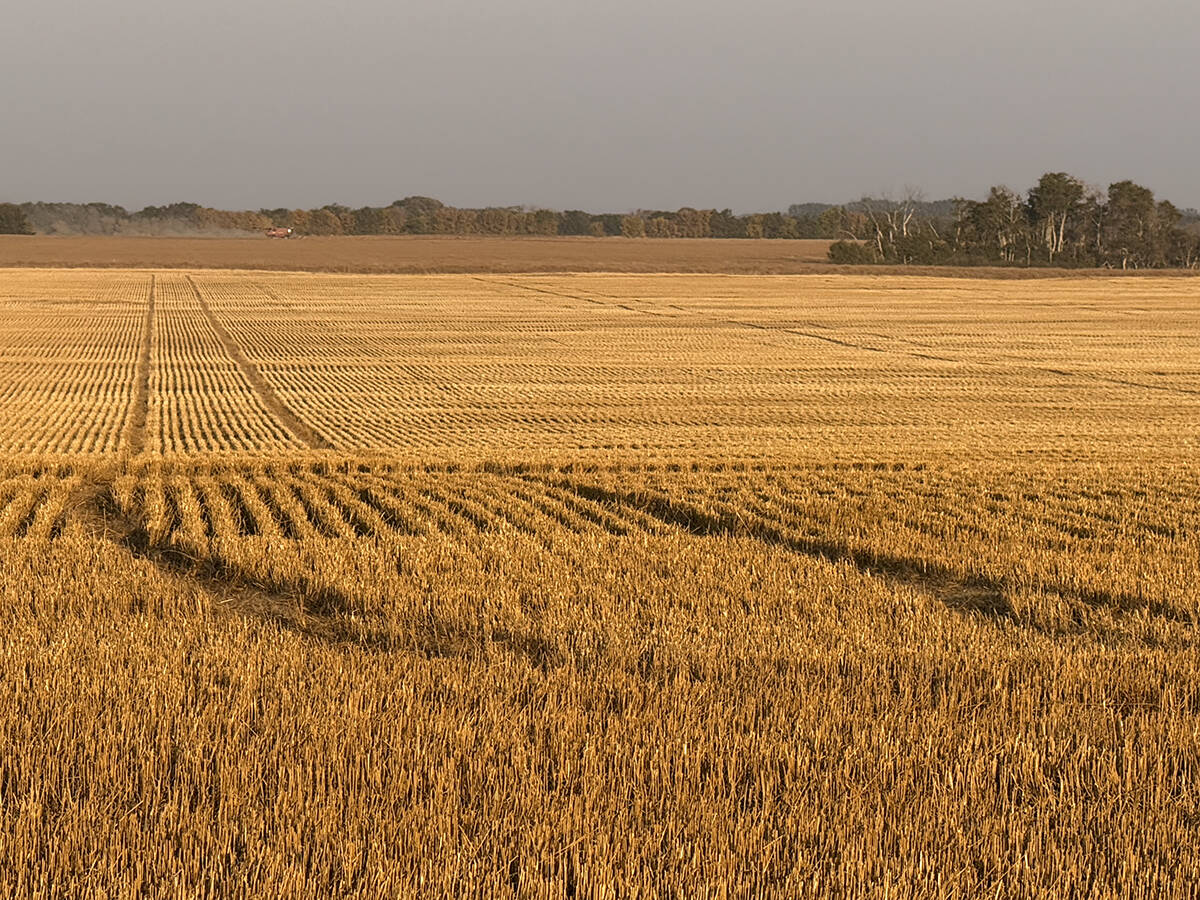VIKING, Alta. – Getting a clear picture of what a sustainable community means to rural Albertans is as close as a camera.
As part of her university thesis, Trish Macklin handed cameras to 27 residents of Viking and asked them to take pictures of the most important things in their town.
The project showed that while economic engines like the surrounding agriculture and oil and gas industry were recognized as important, just as crucial were the social aspects of the town.
“Yes, economics is important but the social side of the community was just as important: how often it was mentioned and how often it was highlighted as being a key part of the community,” said Macklin, who submitted the project as part of her University of Alberta masters degree in rural economy.
Read Also

Final crop reports show strong yields, quality
Crops yielded above average across the Prairies this year, and quality is generally average to above-average.
The shutterbugs took pictures of the old railway museum turned into an art gallery, the Troll Park representing Viking’s Scandinavian heritage, the hospital, community hall, main street and flags celebrating volunteers.
One of the focal points of the project was the Carena, the new hockey rink. When the original building burned in 2005, the community rallied to rebuild it.
The construction was caught in the building boom and the price of the arena jumped to $13 million from $8 million. When insurance money didn’t cover the cost, volunteers spent two years fundraising, painting and volunteering to bring the new Carena to life.
During the process, the project was expanded to include a local library, fitness centre and dance studio. It became a real social centre and a symbol of working together.
While the photographers took many photos of the same things, Macklin was surprised by the different views they had about the subjects.
The same photos of the town’s Cargill grain elevator meant different things to different photographers, who ranged in age from 13 to 85.
“There is a tendency to figure everyone knows what sustainability is or that we all want the same things. When you start looking at some of the photos and discussing them, photos of virtually the same thing, the Cargill elevator, meant completely different things to different people.
“For some it was excellent the town had this as a symbol of strong economic links to the outside world, it brought people in, it was a real positive. Whereas other people thought it was an evil corporate company and more of a drain carrying raw material away,” said Macklin.
“Just because we’re all seeing it the same way doesn’t mean we’re interpreting it the same way.”
Those asked to do sustainability projects need to recognize that living in a community isn’t all about money and not every resident cherishes the same things.
“One guy from out of town said he hadn’t anticipated taking as many pictures in town,” Macklin said.
A young person said the project made her focus on the things in the town of 1,100 she took for granted.
Macklin said the photography project could easily work in other rural communities that are looking at assessing what’s important to their community.
“It’s an easy way to engage people,” she said.














